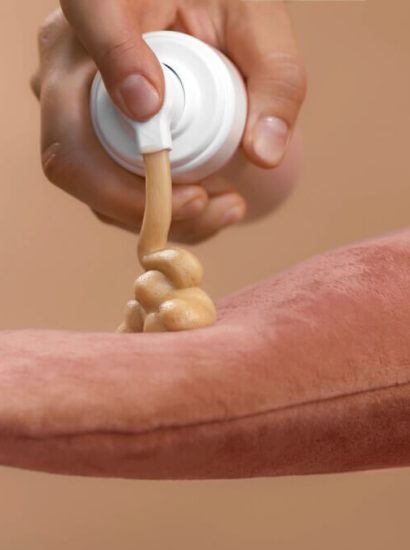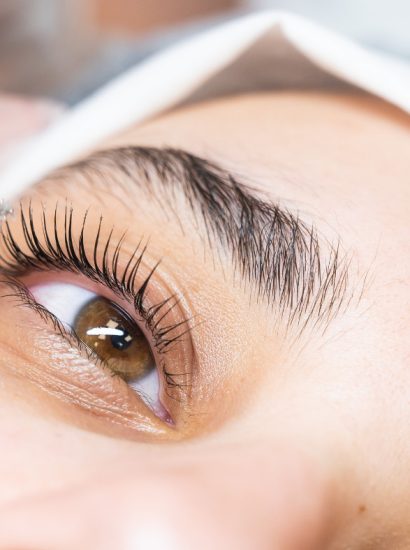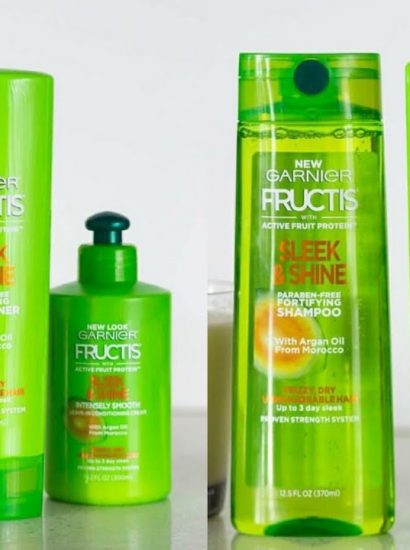In the world of skincare, few ingredients are as versatile, effective, and gentle as azelaic acid. Whether you’re dealing with acne, rosacea, hyperpigmentation, or textured skin, azelaic acid is a powerhouse solution backed by both dermatologists and clinical research.
Unlike other actives that can be harsh or drying, azelaic acid is well-tolerated by most skin types, including sensitive skin. Available in creams, gels, and serums, this ingredient tackles multiple concerns simultaneously, offering clear skin without compromise.
In this article, we’ll dive into the top benefits of azelaic acid, what to look for in a product, and our top picks for the best azelaic acid products available today.
What is Azelaic Acid?
Azelaic acid is a naturally occurring dicarboxylic acid found in grains like barley and wheat. It has become a hero ingredient in dermatology due to its anti-inflammatory, antibacterial, and keratolytic properties.
Key Functions
- Kills acne-causing bacteria
- Reduces inflammation and redness
- Prevents clogged pores
- Brightens skin and fades dark spots
It’s often used in prescription-strength (15–20%) for rosacea and acne, but over-the-counter versions (5–10%) are now widely available and effective for daily use.
Why Choose Azelaic Acid for Acne and Rosacea?
Azelaic acid is unique because it treats both inflammatory and non-inflammatory acne while also being one of the few actives gentle enough for rosacea-prone skin.
For Acne:
- Targets Propionibacterium acnes (acne-causing bacteria)
- Unclogs pores and regulates cell turnover
- Calms inflamed breakouts without over-drying
For Rosacea:
- Reduces redness and visible blood vessels
- Decreases inflammatory lesions
- Less irritating than retinoids or benzoyl peroxide
It also helps fade post-acne hyperpigmentation, making it ideal for melanin-rich skin tones prone to dark marks.
Top Benefits of Using Azelaic Acid Products
The popularity of azelaic acid isn’t just hype—its results are proven. Here are the top reasons skincare experts recommend it:
- ✅ Reduces blemishes and bumps
- ✅ Soothes inflamed, red skin
- ✅ Improves overall skin clarity
- ✅ Fades dark spots and melasma
- ✅ Evens out skin texture and tone
- ✅ Gentle enough for long-term use
With regular application, users often notice a clearer, smoother complexion without the harshness of traditional acne medications.
What to Look for in an Azelaic Acid Product
Before shopping, here are a few things to consider when choosing an azelaic acid product:
Concentration
- 5%–10% is typical for OTC serums and creams.
- 15%–20% usually requires a prescription.
Formulation Type
- Gel or serum: Better for oily or acne-prone skin.
- Cream: Suitable for dry, rosacea-prone skin.
Complementary Ingredients
Look for products that include:
- Niacinamide (calms inflammation)
- Hyaluronic acid (adds hydration)
- Licorice root (fades pigmentation)
Avoid harsh acids or exfoliants when first starting out to reduce risk of irritation.
Best Azelaic Acid Products – Our Top Picks
Here’s a curated list of the top-performing azelaic acid products based on effectiveness, user reviews, and dermatologist recommendations.
The Ordinary Azelaic Acid Suspension 10%
- Type: Cream-gel
- Best for: Brightening, acne scars
- Pros: Affordable, fragrance-free, high potency
This cult favorite is known for improving skin tone and reducing redness without irritation. The silicone base gives a smooth, matte finish.
Paula’s Choice 10% Azelaic Acid Booster
- Type: Lightweight cream
- Best for: Acne, rosacea, dark spots
- Pros: Contains licorice root and salicylic acid
This multitasking formula is a powerhouse for sensitive, acne-prone skin. It’s lightweight, layers well, and reduces redness effectively.
Naturium Azelaic Topical Acid 10%
- Type: Serum
- Best for: Texture and tone
- Pros: Clean formulation, includes niacinamide and vitamin C
A great choice if you’re looking to tackle dullness, uneven tone, and congestion all in one product. Ideal for daily use.
Finacea (15% Azelaic Acid Gel) – Prescription
- Type: Gel
- Best for: Rosacea, inflammatory acne
- Pros: Dermatologist-prescribed, fast-acting
Finacea is the gold standard for rosacea treatment. It’s FDA-approved, and although pricier, many users see significant improvement within weeks.
Melazepam Cream (20%)
- Type: Cream
- Best for: Melasma, stubborn pigmentation
- Pros: High-strength, deeply moisturizing
This 20% formulation is popular in treating dark patches and discoloration and is often used in clinical settings.
How to Use Azelaic Acid in Your Skincare Routine
Azelaic acid is most effective when used once or twice daily. Here’s how to add it to your regimen:
Morning Routine:
- Cleanser
- Toner (optional)
- Azelaic acid serum or cream
- Moisturizer
- Sunscreen
Evening Routine:
- Cleanser
- Exfoliant (1–2x/week)
- Azelaic acid
- Moisturizer or facial oil
Tips:
- Start slowly (every other day) and increase as tolerated.
- Don’t layer with strong acids or retinoids initially.
- Use SPF daily—azelaic acid makes skin more sun-sensitive.
Possible Side Effects and Precautions
Azelaic acid is generally well-tolerated, but like any active, it can cause minor side effects, especially when starting.
Common Side Effects:
- Mild tingling or stinging
- Dryness or flakiness
- Slight redness
These typically subside after 1–2 weeks. If irritation persists, reduce frequency or check with a dermatologist.
Who Should Avoid:
- Those with extremely sensitive skin (patch test first)
- People allergic to dicarboxylic acids (rare)
- Pregnant or breastfeeding women should consult a doctor
Conclusion
Azelaic acid has earned its place as one of the most effective and gentle skincare ingredients for tackling multiple concerns—acne, rosacea, hyperpigmentation, and uneven skin tone. From prescription treatments like Finacea to affordable and effective OTC options like The Ordinary and Paula’s Choice, there’s a product for every skin type and budget.
Its multi-benefit profile makes it a must-have in your skincare routine, especially if you’re looking for long-term clarity without harsh side effects. Pair it with a good moisturizer and daily SPF, and you’ll be well on your way to achieving healthier, clearer, and more radiant skin.
FAQs
1. Can I use azelaic acid every day?
Yes, most people can use it once or twice daily. Start with a few times a week and increase as your skin adjusts.
2. Is azelaic acid safe for sensitive skin?
Yes. It is often recommended for sensitive or rosacea-prone skin due to its anti-inflammatory properties.
3. How long does it take for azelaic acid to work?
Results typically appear within 4–8 weeks. For conditions like rosacea or melasma, it may take longer with consistent use.
4. Can I use azelaic acid with other actives like niacinamide or vitamin C?
Yes, azelaic acid pairs well with niacinamide and vitamin C. Avoid using it with strong AHAs, BHAs, or retinol when starting out.
5. Does azelaic acid cause purging?
It’s less likely to cause purging than retinoids or acids, but minor breakouts may occur as your skin adjusts.
Also read: Alpha Arbutin Benefits – Brighter Skin, Reduced Dark Spots & Even Tone





